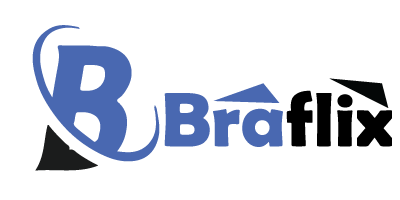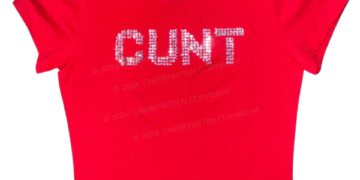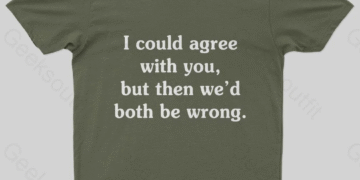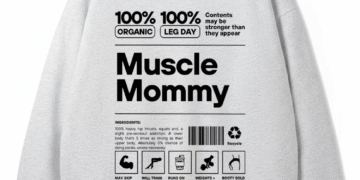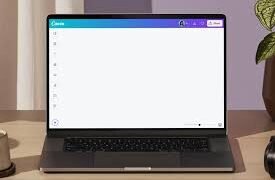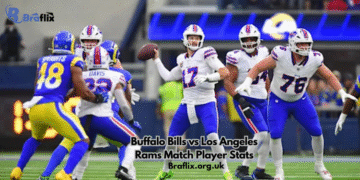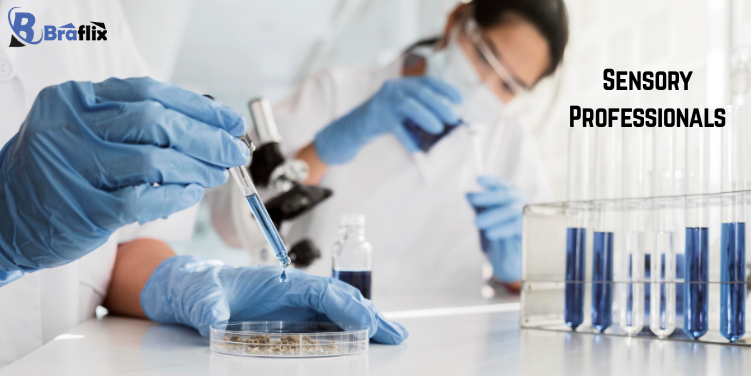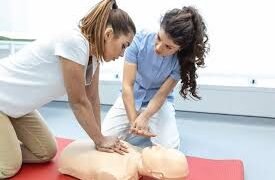Introduction
Have you ever taken a bite of a product and thought, “Something’s off,” even if you couldn’t pinpoint what it was? Or applied a lotion that felt perfect on your skin? These subtle impressions we have as consumers are no accident. They’re often the result of meticulous testing and evaluation by sensory professionals—experts who ensure products don’t just perform, but feel right.
Sensory professionals are at the intersection of science and human perception. They help companies create, refine, and validate products based on how they stimulate the senses. Whether in food and beverage, cosmetics, pharmaceuticals, or personal care, their work ensures products deliver a satisfying experience, not just function.
Who Are Sensory Professionals?
Sensory professionals are specialists trained in the science of human perception. They design and conduct tests to understand how people experience products through the five senses: sight, sound, smell, taste, and touch. Their work helps bridge the gap between product development and consumer satisfaction.
Common Roles Include:
- Sensory Scientist
- Sensory Analyst
- Panel Leader
- Sensory Quality Control Expert
- Consumer Insight Researcher
They may work in research labs, innovation departments, quality assurance teams, or consulting firms. No matter the setting, their goal is the same: ensure sensory appeal and consistency.
Also Read: EO PIS: A Multidimensional Term with Practical Relevance Across Fields
What Do Sensory Professionals Do?
The job of a sensory professional is multifaceted and blends scientific rigor with real-world product testing.
Key Responsibilities:
- Designing Sensory Studies: Choosing the right test for the goal—e.g., is it about detecting a difference or measuring consumer liking?
- Managing Sensory Panels: Training individuals to evaluate product traits like texture, flavor, or aroma intensity.
- Conducting Evaluations: Running tests in controlled environments to reduce bias and external influence.
- Analyzing Sensory Data: Applying statistical tools to identify trends, preferences, or inconsistencies.
- Collaborating with Teams: Sharing insights with R&D, marketing, or production teams to refine products.
Whether they’re fine-tuning the fizz of a soda or evaluating the absorbency of a cream, sensory professionals influence how a product feels in real life—not just on paper.
Where Do Sensory Professionals Work?
Sensory science is applied in a wide range of industries—essentially, any sector where user experience matters.
Industries That Hire Sensory Experts:
- Food & Beverage: Taste, mouthfeel, aroma, appearance
- Cosmetics & Skincare: Texture, fragrance, absorption
- Fragrance & Personal Care: Scent strength, persistence, emotional impact
- Pharmaceuticals: Flavor masking, palatability, tablet feel
- Consumer Products: Packaging feel, sound of opening, product usability
- Automotive: Materials texture, control responsiveness, interior scent
Some sensory professionals work in-house for global companies, while others consult independently or through third-party labs.
Methods Sensory Professionals Use
Sensory analysis is not subjective guesswork—it is a systematic process using validated methods.
Common Sensory Testing Methods:
- Descriptive Analysis: Trained panels describe a product in detail—e.g., smooth, tangy, gritty.
- Triangle Test: Three samples are given; two are identical. Panelists identify the different one.
- Paired Comparison: Two products are compared for one specific attribute.
- Hedonic Testing: Consumers rate how much they like or dislike a product.
- Time-Intensity Testing: Evaluates how a sensation (like spiciness or sweetness) changes over time.
Each method is selected based on the research goal—be it formulation testing, product reformulation, or competitive benchmarking.
Step-by-Step: How Sensory Testing Is Done
Let’s break down how sensory professionals might run a full product evaluation:
Step 1: Define the Goal
What do you want to learn? For example: “Is the new yogurt creamier than the old formula?”
Step 2: Select the Method
Use a descriptive analysis for details or a paired comparison for direct differences.
Step 3: Prepare Samples
Ensure identical presentation, temperature, serving size, and randomized order.
Step 4: Recruit Panelists
Use trained experts for precision or real consumers for preference testing.
Step 5: Conduct the Test
Run the evaluation in sensory booths with controlled lighting, odor, and temperature.
Step 6: Analyze Data
Use software like SPSS, XLSTAT, or R to interpret results statistically.
Step 7: Report Insights
Summarize findings and recommend next steps—e.g., “Reduce bitterness by 10% for better acceptance.”
Skills & Qualifications Needed
Educational Background:
- Food Science
- Psychology
- Chemistry
- Nutrition
- Consumer Behavior
- Biology
Key Skills:
- Sensory acuity (especially for roles requiring tasting or smelling)
- Statistical analysis and data interpretation
- Experimental design
- Communication and report writing
- Collaboration across departments
Certifications (Optional but Valuable):
- Sensory Science Certificate (e.g., from IFT or UC Davis)
- Panel Leader or ISO sensory training
- Advanced data analysis workshops (e.g., XLSTAT or R)
The Growing Importance of Sensory Professionals
With consumer expectations rising and competition intensifying, sensory professionals play a critical role in:
- Innovation: Shaping new product experiences
- Sustainability: Ensuring alternatives (plant-based, eco-packaging) still satisfy the senses
- Global Expansion: Adapting sensory profiles to fit local preferences
- Digital Sensory Research: Integrating AI, virtual testing, and neurofeedback into sensory insights
From startups to multinational brands, sensory science is now a strategic advantage—not just a nice-to-have.
Also Read: Kialodenzydaisis Healing: A Complete Guide to Restoring Balance and Well-Being
Conclusion
Sensory professionals bring the science of human perception into every product we consume, touch, and use. Their expertise helps companies translate sensory feedback into measurable improvements, ensuring that products don’t just perform—they connect.
Whether you’re enjoying the smooth taste of a chocolate bar or the clean scent of a new lotion, you’re experiencing the invisible hand of a sensory professional. They make sure your senses are satisfied—even if you never know they were there.
FAQs
Q1: Do sensory professionals only work with food?
No. While food and beverage are key areas, sensory professionals also work with cosmetics, pharmaceuticals, packaging, and more.
Q2: Do you need to have an extraordinary sense of taste or smell?
Not always. Many roles focus on test design, data analysis, and research—though panelists and evaluators often need refined sensory skills.
Q3: What’s the difference between a sensory panel and a focus group?
Sensory panels use structured, scientific evaluation methods. Focus groups are more open-ended discussions about opinions and feelings.
Q4: Can I become a sensory professional without a science degree?
While most roles require some science background, certain positions (like sensory assistants or panel leaders) may be accessible through training and experience.
Q5: Is sensory science a good career path?
Yes! It’s a growing field with applications in multiple industries and offers a balance of science, creativity, and human insight.
